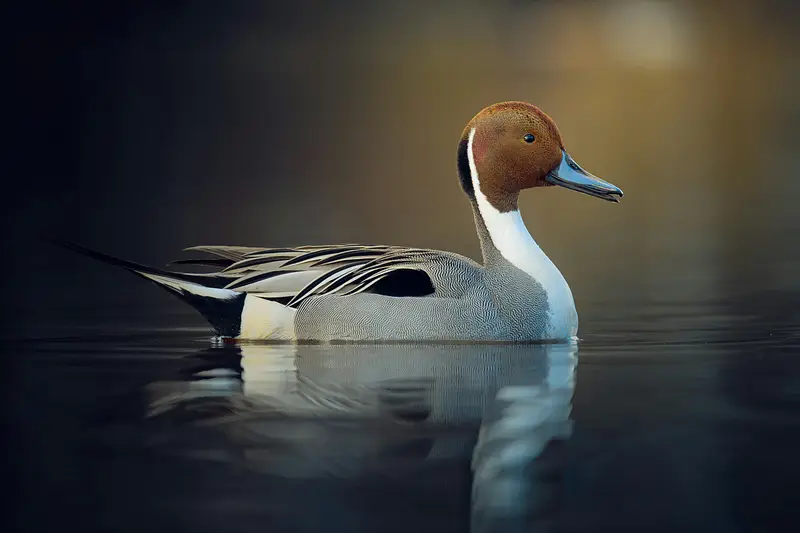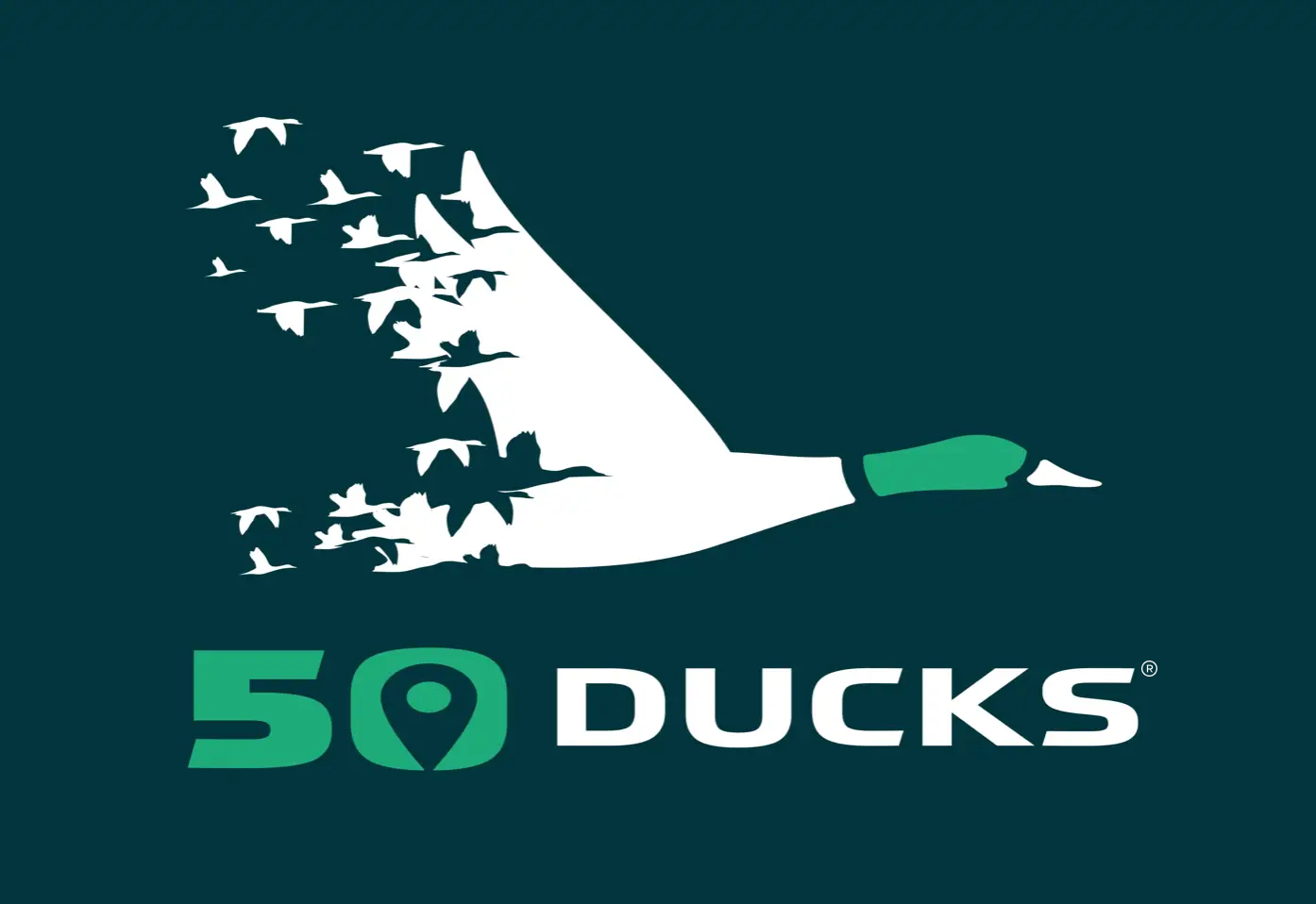About Northern Pintail
Nesting preferences for short grass stubble have limited the nesting success of Northern Pintails in recent years leading to a significant population decline. For centuries these birds evolved to nest in short prairie grass, a habitat closely mimicked by today’s wheat and barley fields in the PPR. Unfortunately, these fields are being cultivated as the birds are nesting resulting in a very low nest success rate.
Historically, farmers were forced to leave fields fallow every few years, but due to agricultural intensification, this practice has diminished since it is no longer necessary. With the use of better fertilizers, less agricultural land is left fallow, resulting in almost all pintail nests being destroyed before the eggs can hatch. The nesting period of pintails unfortunately coincides with the farmers’ harvest and planting times, creating an environmental trap that adversely affects the birds.
However, with programs like the Conservation Reserve Program (CRP), many farmers have been able to successfully restore their fields to native grasslands, offering hope for an increase in pintail populations in the future.

Identification
Northern Pintails are easily recognizable by their long, slender necks and pointed tails, which give them their name. Males have distinctive markings, with a chocolate-brown head, white breast, and a long, thin white stripe extending up the neck. Females are mottled brown and have a more subdued appearance.
Breeding
Breeding typically occurs in the spring and summer months. Pintails nest on the ground, often in grassy areas near water. The female builds the nest and incubates the eggs. Clutch sizes typically range from 5 to 9 eggs.
Behavior
Northern Pintails are highly social birds and often form large flocks, particularly during migration and wintering periods. They are dabbling ducks, meaning they feed by tipping forward in the water to reach food rather than diving.
Habitat
Nesting preferences for short grass stubble have limited the nesting success of Northern Pintails in recent years leading to a significant population decline. For centuries these birds evolved to nest in short prairie grass, a habitat closely mimicked by today's wheat and barley fields in the PPR. Unfortunately, these fields are being cultivated as the birds are nesting resulting in a low nest success rate.
Migration
Northern Pintails mostly breed in the Prairie Pothole Region (PPR) of the US, Prairie Canada, Alaska, and even further north into the heart of Canada. One GPS-tagged Pintail, banded by the USFWS in Louisiana, traveled to Alaska, crossed the Bering Sea into Siberia, and then reappeared in Central California.
No Data Found
How many days tracked
Lorem ipsum dolor sit amet, consectetur adipiscing elit. Ut elit tellus, luctus nec ullamcorper mattis, pulvinar dapibus leo.
Where are they now?
Lorem ipsum dolor sit amet, consectetur adipiscing elit. Ut elit tellus, luctus nec ullamcorper mattis, pulvinar dapibus leo.
No Data Found
No Data Found
Total Number of Data Points for Northern Pintail
Lorem ipsum dolor sit amet, consectetur adipiscing elit. Ut elit tellus, luctus nec ullamcorper mattis, pulvinar dapibus leo.
Start and End Date Tracking of Northern Pintail
Lorem ipsum dolor sit amet, consectetur adipiscing elit. Ut elit tellus, luctus nec ullamcorper mattis, pulvinar dapibus leo.
No Data Found
Overall Data from the Center
This is historical data from various sources. This data is available in its full form on our Duck Map in an easily visualizable format.
